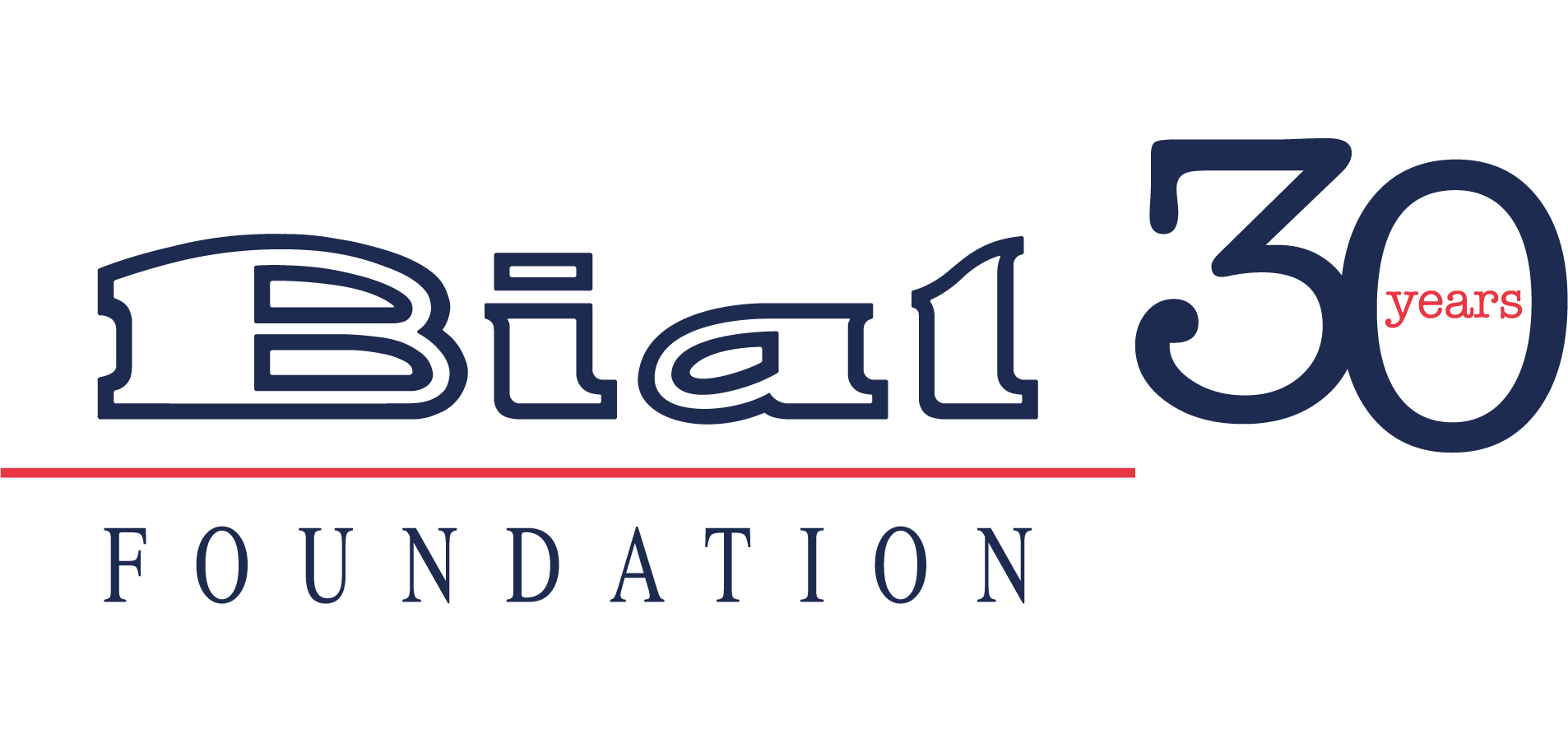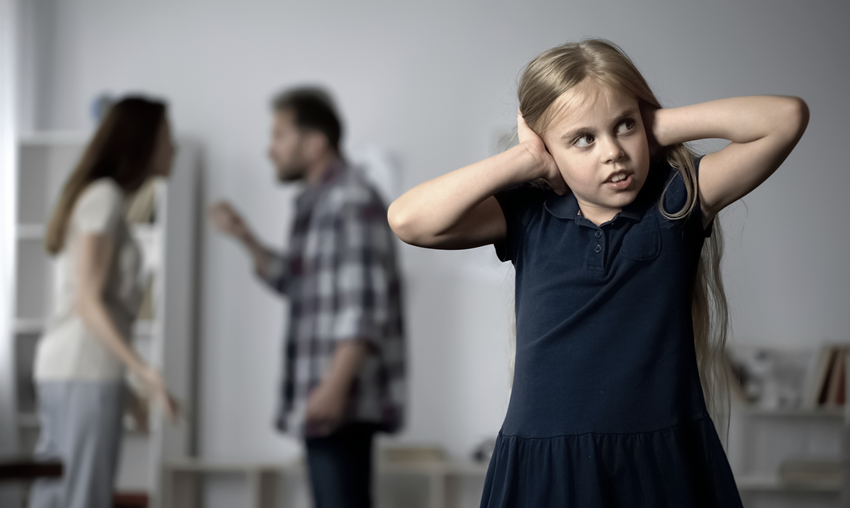Research has shown that adverse childhood experiences result in more dysfunctional ways of shame coping and increase the severity of insomnia in adulthood, although these two variables are not associated.
Adverse Childhood Experiences (ACEs) are negative experiences such as emotional or physical abuse, sexual abuse, neglect, exposure to parental substance abuse, mental illness, or criminal behavior (Felitti et al., 1998). These experiences, especially if they are multiple, have a devastating effect on the adult's emotional functioning, increasing the risk of depression, anxiety, addiction, or suicidality (DeBellis, 2010).
Knowing that ACEs might create vulnerability for a later maladaptive coping with distress situations, which can lead to chronic hyperarousal and insomnia, a new line of research emerged to analyze the developmental trajectories from early life stress to insomnia in adulthood.
Within this framework, a team of researchers from Holland and Australia, coordinated by Frans Schalkwijk, carried out a pilot study that analyzed how the most serious negative experiences in childhood could explain hyperarousal, insomnia and shame-coping styles verified in adults.
In the article “From childhood trauma to hyperarousal in adults: The mediating effect of maladaptive shame coping and insomnia”, published in February in the journal Frontiers in Human Neuroscience, a team of researchers from the University of Amsterdam, Netherlands Institute of Neuroscience, Vrije Universiteit Amsterdam (Netherlands) and Woolcock Institute of Medical Research (Australia) reveal the results of the study applied to 57 adults (27 individuals with insomnia records and 30 controls).
Participants started by completing a questionnaire about childhood trauma about a week before having functional magnetic resonance imaging (fMRI). Two structural equation models were also used to test the hypotheses that shame-coping styles and insomnia symptom severity mediate the association between ACEs and self-rated hyperarousal symptoms, as well as the association between ACEs and activation of the brain to recall autobiographical memories.
The results indicated that the association between ACEs and hyperarousal is mediated by the shame-coping styles. The first model also demonstrated that worse shame coping and more severe insomnia symptoms were associated with more ACEs. However, no association was observed between these two variables (shame and insomnia). In contrast, in the second applied model, there was a direct association between ACEs and greater activation of the anterior dorsal cingulate cortex (dACC, which integrates the limbic system, associated with emotional processes) to recall shameful autobiographical memories, with no mediating effect of shame coping styles or the severity of insomnia symptoms.
According to Eus J. W. Van Someren, a researcher supported by the BIAL Foundation who is part of the team, these findings could have implications for the approach to treatment for insomnia, making it more focused on trauma and emotional processing instead of conventional sleep interventions. “We recommend future studies to investigate the relationship mechanism between childhood trauma and insomnia, considering additional factors such as attachment styles, personality and temperament”, he concludes.
Learn more about the project “REM-sleep, the regulation of self-conscious emotion and hyperarousal in psychophysiological insomnia” here.







































